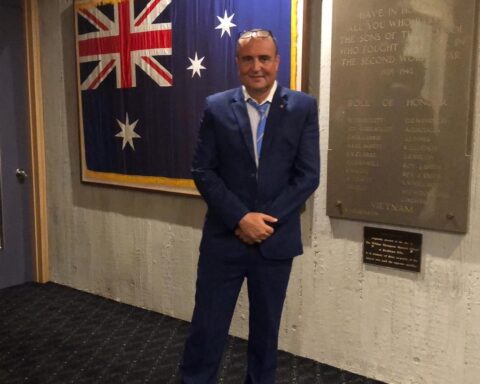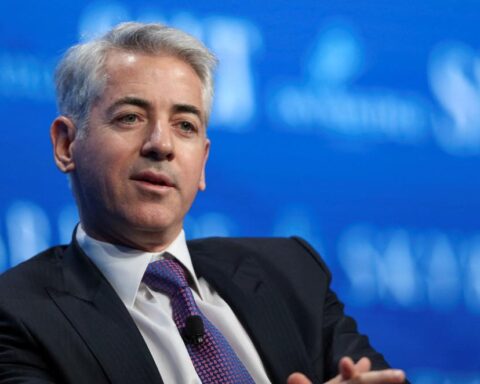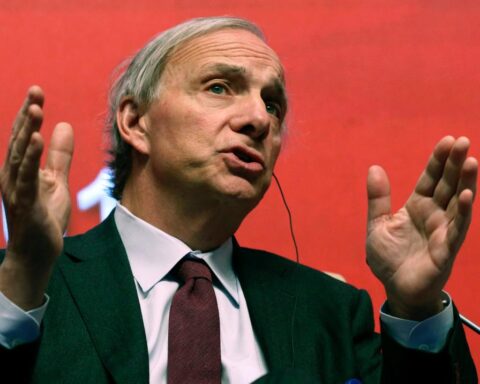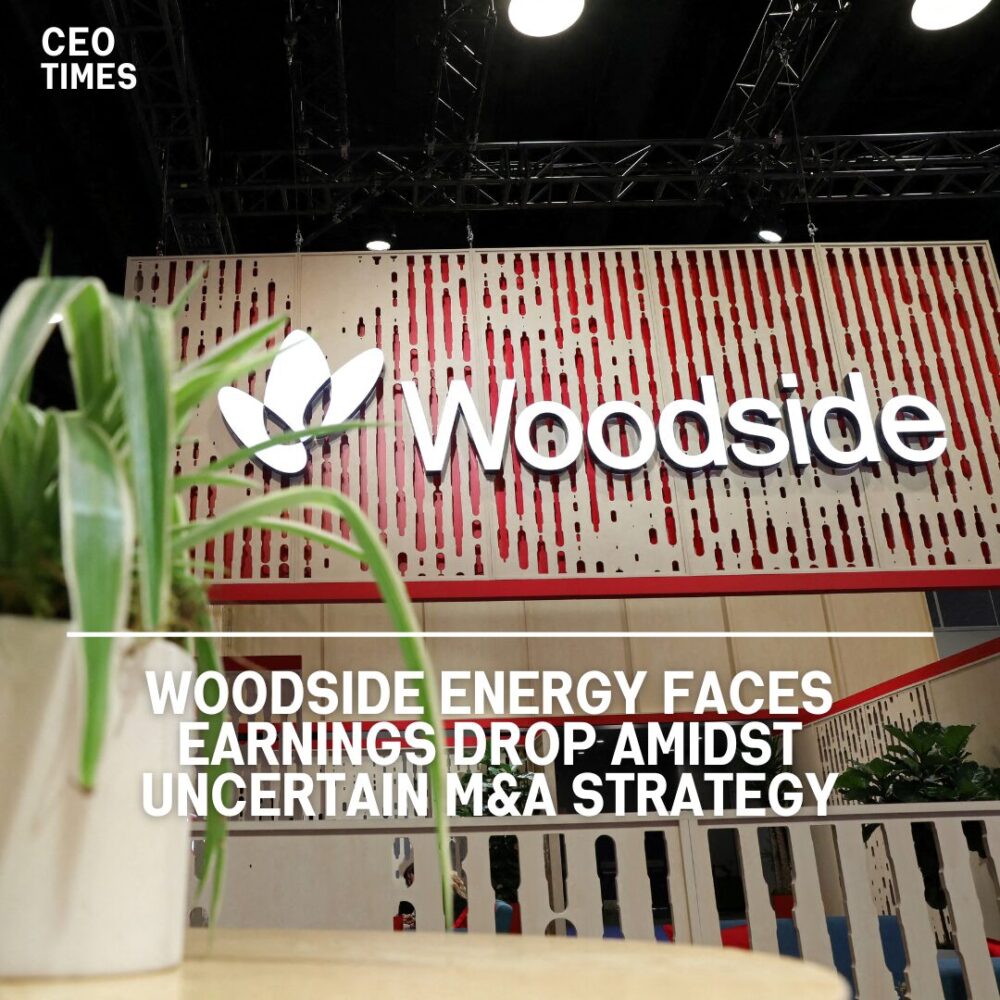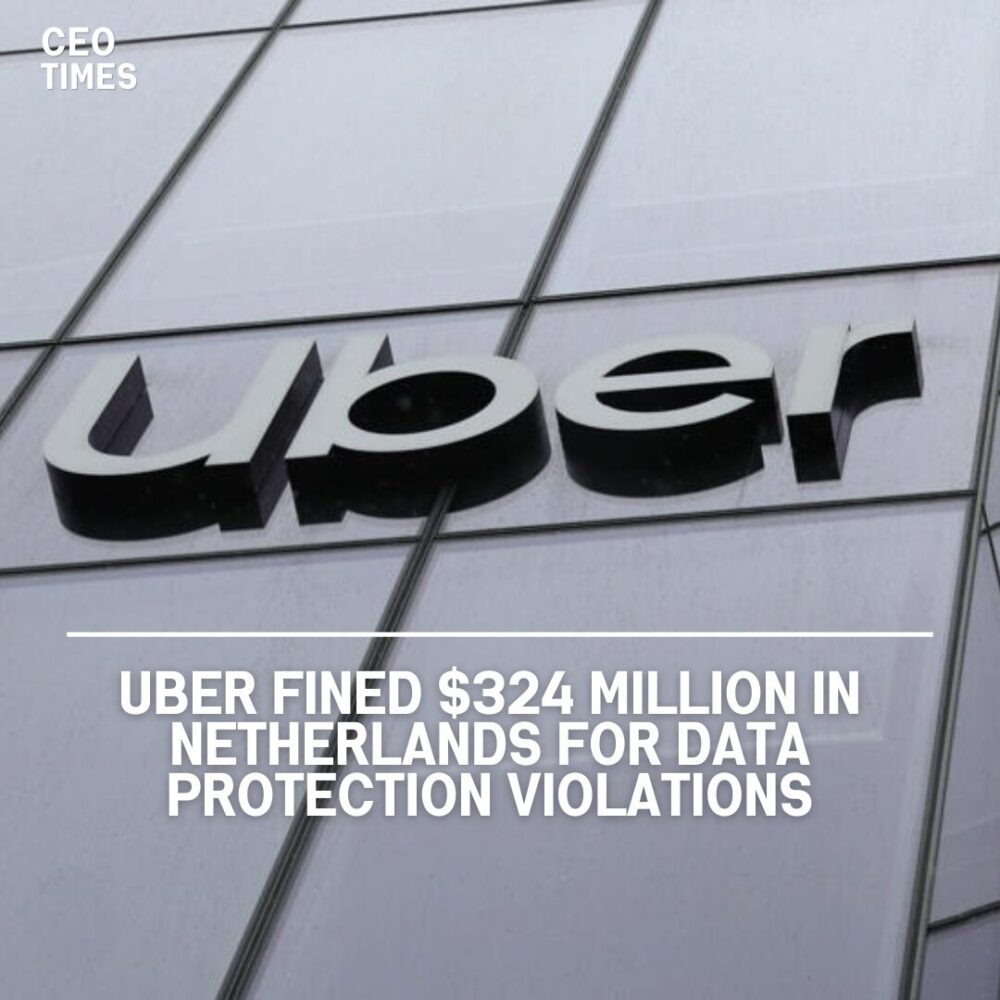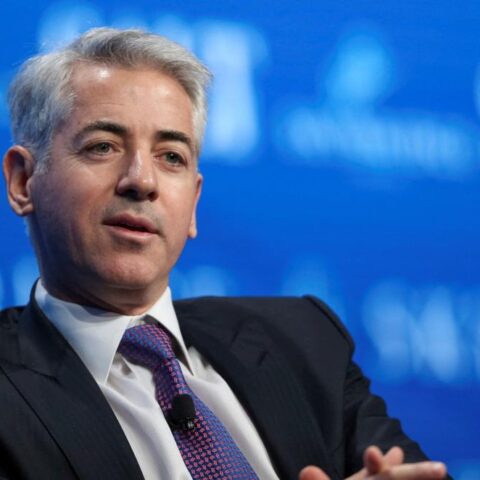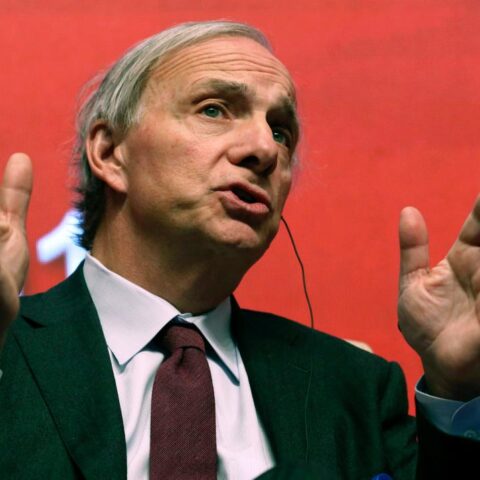Australia’s leading independent gas producer, Woodside Energy, is set to announce a decline in interim earnings on Tuesday. Investors are closely watching the company’s deal-making approach following the failed $52 billion merger with Santos, which has left questions about Woodside’s growth strategy.
Expected Earnings Decline:
According to a Visible Alpha consensus cited by Jarden, Woodside is projected to report an underlying net profit after tax of $1.11 billion for the first half of 2024, significantly down from the $1.90 billion reported in the same period last year. The company’s financial results for the year’s first half will be released before the markets open on August 27.
Concerns Over Growth and M&A Strategy:
Analysts have expressed concerns over Woodside’s portfolio, which they describe as “ex-growth” and heavily reliant on the yet-to-be-launched Scarborough gas field. Citi analysts noted that this dependence could necessitate mergers and acquisitions to ensure future growth. Despite recent high-profile deals, such as the acquisition of LNG developer Tellurian, Woodside’s future M&A plans are uncertain.
Scarborough Gas Project as a Growth Catalyst:
Woodside has recently secured primary environmental approvals for its $12.5 billion Scarborough gas project in Western Australia. This project is anticipated to be a significant growth driver, with its first LNG cargo expected in 2026. However, analysts remain cautious, citing the prevailing share price and uncertainties surrounding oil prices, dividends, and future acquisitions as reasons for a lack of confidence in the company’s valuation.
Market Performance and Dividend Outlook:
On Monday, Woodside traded at a price-to-earnings (P/E) ratio of 20.2 based on the last 12 months of earnings, higher than the broader Australian market’s P/E of 17.9, according to LSEG data. The drop in demand from China and geopolitical tensions in the Middle East have contributed to lower Brent crude prices, impacting the energy sector.
Analysts at Jarden have revised their estimate for Woodside’s dividend payout ratio, lowering it to 65% from the previous 80%, largely due to the costs associated with recent acquisitions.
Santos’ Position and Potential Takeover:
Meanwhile, Santos, Australia’s second-largest independent gas producer, recently reported a larger-than-expected decline in half-year profit to $654 million, attributing the drop to lower realized prices and higher costs. Santos has become a potential takeover target after the failed merger with Woodside.
Chairman Kevin Gallagher has signaled a willingness to sell certain projects or even the entire $16.3 billion company, as Santos has underperformed relative to the broader energy index.

